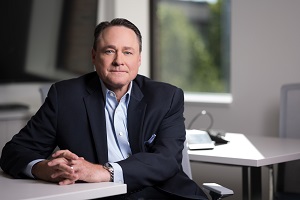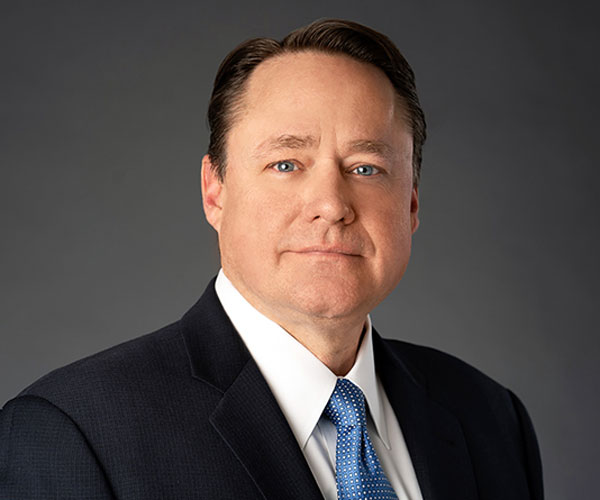5 tips to better inform post-pandemic hiring
 The coronavirus pandemic has changed our approach to work – from how we manage our teams to our vision for the future. In leading through an unexpected crisis, there have been lesson learned. With the accelerating vaccine rollout and shift towards recovery, how can we apply some of these lessons to strengthening our teams?
The coronavirus pandemic has changed our approach to work – from how we manage our teams to our vision for the future. In leading through an unexpected crisis, there have been lesson learned. With the accelerating vaccine rollout and shift towards recovery, how can we apply some of these lessons to strengthening our teams?
While hiring is an ongoing process that's always evolving, it's clear that the past year has had an effect on how new team members are brought on board. I previously shared my thoughts on building a resilient team, but with continuing uncertainty about what a return to the traditional workplace will look like, it's important for leaders to adapt their hiring process.
A recent article from Results CEO Tim O'Connor offers five tips on developing a post-pandemic hiring process to take into consideration.
- Don't break what isn't broken: While a lot has changed, that does not mean that the fundamentals our organizations were built on are no longer valid. O'Connor draws on principles that should underpin our hiring processes from my longtime friend and leadership guru, John Spence:
- hire for attitude and aptitude (learning) – train for skills;
- hire slow and fire fast; and
- use a world-class hiring and interview process.
- Thriving in uncertainty: Success requires adaptation and resilience and as leaders we've had to become comfortable with the unknown. This principle is also true at the employee level – in a time of rapid change, those who have the ability to adapt will be more successful. O'Connor suggests testing candidates for things like risk tolerance, self-direction, learning and initiative.
- Virtual interviewing: The shift toward remote working has also affected how we interview. While there is no substitute for being face-to-face, there are some practices that can be implemented to make those virtual meetings more personable:
- invest time and money in technology, including the software and hardware to optimize the experience;
- situate the equipment so that you can see and hear the interviewee and carefully observe all aspects of non-verbal communication; and
- involve multiple team members in the interview process, having another set of eyes and ears can help fill in any gaps an interviewer may have missed when asking questions and managing the process.
- Pay attention to your candidate's questions: Top candidates will come to interviews with their own list of questions, and interviewers can learn a lot about them by taking note of the questions asked. O'Connor highlights some questions that may be good indicators of top performers:
- What's your culture like? Or, what would one of your employees say about the culture here if I met them socially?
- What is your management style?
- What's the vision for the organization? What does it stand for and what is it trying to achieve long-term?
- If I accept, what support can I count on?
- The hiring process isn't done with the offer letter: O'Connor reminds us that getting to the offer letter is just the beginning of the journey. To fully realize the return on a new hire takes time and requires an in-depth onboarding process, one which O'Connor shares should include:
- a highly structured and scheduled learning processes where the new hire can learn about the technical elements of the role, the culture of the organization, and the political dynamics at play (onboarding at NAFCU includes having each new hire sit down with the heads of all departments to learn more about how each team collaborates);
- ensuring all other team members understand the purpose of the new person's role, especially if it's a brand new position, and how they can support the new individual to be successful;
- being crystal clear with the new team member on how success in the role is measured;
- identifying ways for the new hire to get some early wins; and
- establishing a coaching rhythm with the individual and expectations between each party.
While we can't predict exactly when and how the post-pandemic recovery will occur, having a game plan in place for hiring will help ensure that our organizations are ready for whatever may come our way. Whether your organization is looking to fill existing or newly defined positions, O'Connor's tips serve as a great starting point.
Follow me on Twitter (@BDanBerger).
About the Author
B. Dan Berger, President and CEO, NAFCU
 B. Dan Berger first joined NAFCU in 2006 and helped turn the association into the premiere advocate for the credit union industry.
B. Dan Berger first joined NAFCU in 2006 and helped turn the association into the premiere advocate for the credit union industry.
